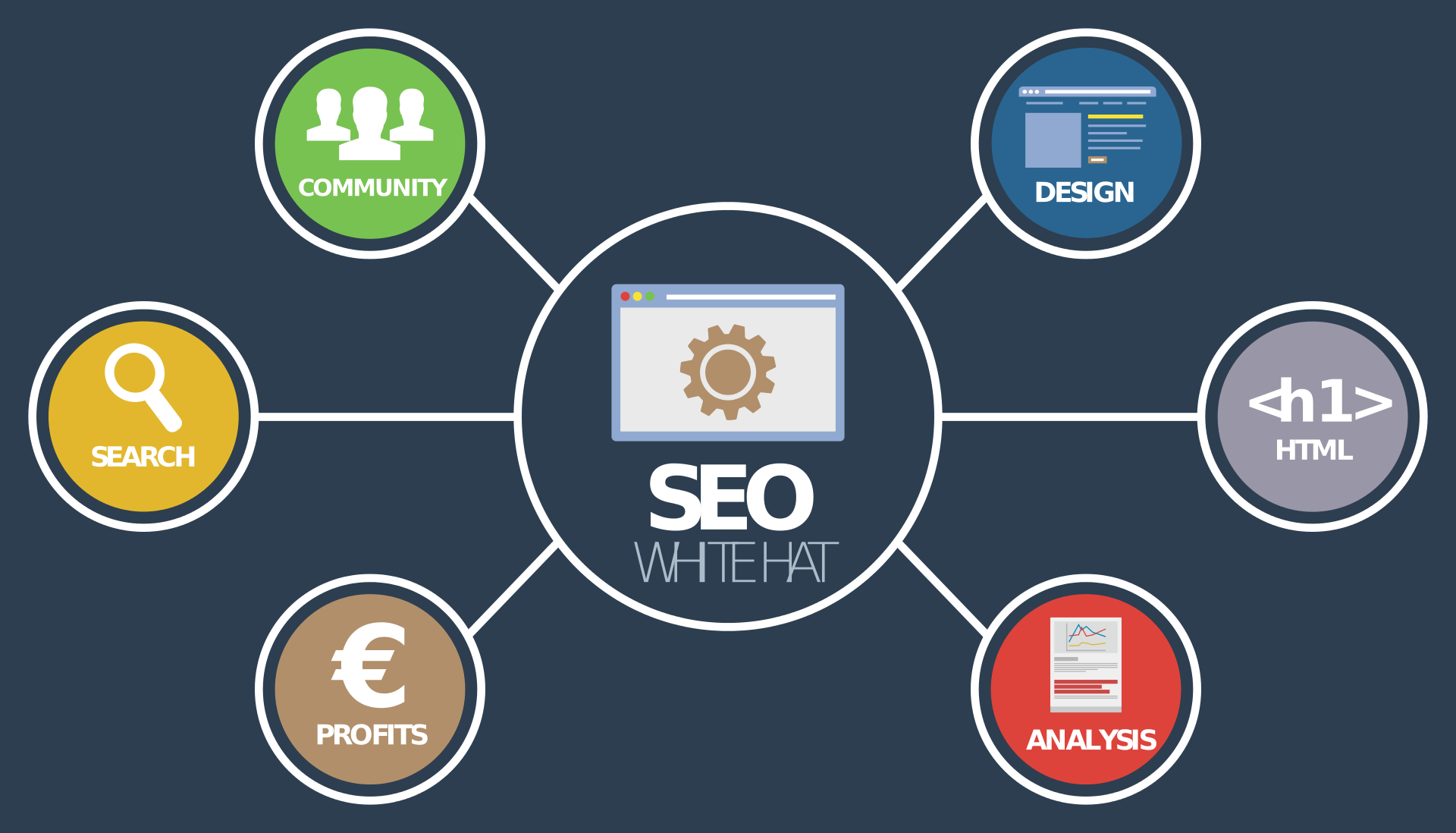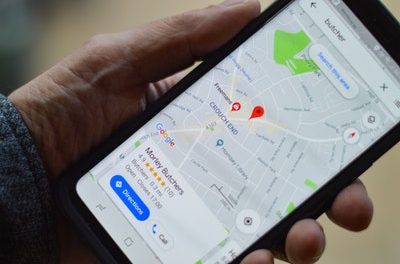
7 Tips for Improving Your Nonprofit’s SEO

Search engine optimization (SEO) is helping websites get discovered by users and providing highly targeted, specific content to them.
Is your nonprofit organization struggling to get website views and visits? Implementing SEO will help boost traffic and get eyes on your content.
Let’s take a look at the best tips for improving your nonprofit SEO!
What is SEO and How Does it Work?
First, in order to understand the tips we’ll provide, you need a little background on SEO. SEO is Google’s way of understanding if the content you’re posting is relevant to the people searching for it.
SEO is based on many different factors such as relevant and consistent keywords or phrases. Optimizing your pages with SEO will help communicate to search engines that your stuff is valuable and should be seen.
If you’ve never heard of SEO before, it can be an intimidating concept and you may be unsure where to start. This article is going to give you the tips you need to start off on the right foot.
Nonprofit SEO Tips to Get You Started
Nonprofit SEO is difficult because many nonprofits don’t have a wealth of content on their site. Most often, they don’t have the staff to make the content.
Google needs content on your web pages to feature you in search results. How can you do that? By optimizing the content you do have for your nonprofit SEO.
Keyword Research
One of the first things you’ll want to do is to find keywords that are relevant and highly ranked for your target market.
Google has a keyword tool that allows you to research keywords that your users search for. Pick a keyword that you want associating with your organization. The keyword tool will show you the most popular keywords and other related search terms you could rank for.
This keyword should help a search engine understand what your organization is focused on. Sprinkling in your keyword throughout your content where it makes sense is best. If you are using it every other sentence, that is called keyword stuffing.
Search engines can tell when you are trying to trick them. By keyword stuffing, a search engine thinks that you’re not making high-quality content, just content that you want them to find and index.
Keeping your language natural and using the keyword when appropriate will help prevent this.
Content Is King
The main thing with SEO is that you want to always provide value to your visitors. If your content is just on your page to make it look full and it’s not providing value, this is going to signal to search engines that you aren’t making good stuff.
The content you create must be easy to read and straightforward with a point. The language you use and the way you write needs to resonate with the user. Focusing your content helps with this.
By knowing the types of things your audience likes, you can provide the best content for them.
Headers
Nonprofit SEO content must have headers in the text. Another one of the ways search engines find your content is by the titles and headers you designate.
Your headers break up your content and make it easier for the reader to read. They help to structure your content and provide descriptions of what the reader can expect. You can add keywords into headers to make them more valuable to search engines.
They look at the content of the piece based on your headers to make sure you’re providing the value you state you are.
Links
Having the right content, keywords, and headers are great but there are also other ways to optimize your nonprofit SEO.
Google measures what is known as backlinks. Backlinks are when another website that is not related to you links to your site from their site. When credible websites link to yours, your pages are deemed more credible by a search engine.
Internal and external links are also important when you’re writing your content. Providing ways for a user to read other information you have published helps with your credibility, as well as linking to outside sides.
Image Descriptions
One of the biggest mistakes many organizations do when optimizing their sites for SEO is forgetting the images. Your website may be beautifully organized with images, but if you forgot to add a description for them, they are pointless to a search engine.
A search engine must have a way to know what that picture is as they cannot search the picture. Add a description, or an alt text, that helps the search engine understand what it is.
This is great for accessibility as a user that cannot see the image can still get the full experience of your content by having the descriptive text.
Anchor Text
As mentioned above, linking is a helpful way to gain credibility to your site. Providing links throughout your content shouldn’t be done by just displaying a URL. The anchor text, or the text that you create a link to, should appropriately describe what a user would see if they click on that link.
By providing links, you’re giving the reader a more valuable experience and enriching their education around a topic.
Search engines care about the anchor text you use when you’re linking to another site. They test those links to ensure that what you’re linking to is what you say it is. That way, they can understand the relevance of your content on your page.
Implement SEO
Optimizing your nonprofit SEO doesn’t have to be overwhelming or confusing. Starting with these simple tips will help your site become more valuable and relevant to the visitor.
Before you start optimizing your site, you can want to come up with a plan on how to tackle this. Start with one section at a time so that you can focus completely on a single task.
You can also improve other areas of your digital marketing during this process, such as text message marketing, digital ads, and social media. Check out Betwext texting for nonprofits.
If you’re interested in improving your website in other ways as well, check out this blog on the best optimization tips!










































